Unmasking Vulnerabilities: Why Detection Alone Falls Short in Modern Security
In an era where digital and physical threats loom large, antiquated security measures are putting major enterprises at risk. According to a report by Verizon, incomplete integrations in detection systems are leaving critical infrastructure and Fortune 1000 corporate offices exposed to unnecessary vulnerabilities.
Resistance to modernization in the security industry is exacting a toll on the nation's biggest enterprises. A survey by Security Magazine reveals that 70% of security professionals acknowledge a need for modernization, citing outdated technologies and fragmented integrations as major concerns, hindering the speed of business and allowing threats to flourish.
So what’s the disconnect?
Relying on humans to bridge the gap between your existing technology and your current needs and existing systems that are either old or disconnected to go beyond detection and fully integrate your security capabilities are the weak points between detection and true prevention.
Human Error: A Critical Weakness in Conventional Security Measures
Even the most robust security systems falter when relying on human recognition at entry points. A report by the Ponemon Institute reveals that 95% of security breaches involve human error. Integrating comprehensive protective systems ensures both physical and digital entry points discern between authorized and unauthorized personnel, eliminating the frailty of human judgment.
The Ponemon Institute statistic underscores the pressing need to address the human element in security strategies comprehensively. Human errors can manifest in various forms, such as the misidentification of authorized personnel, accidental disclosure of sensitive information, or the failure to adhere to security protocols.
To mitigate the impact of human error on security, organizations are increasingly turning to Integrated protective systems such as Honeywell’s Pro-Watch® Integrated Security Suite. These systems combine advanced technologies, such as biometric authentication, access control systems, and artificial intelligence, to create a more robust and reliable security infrastructure. By reducing dependence on human judgment alone, these systems aim to enhance the accuracy and effectiveness of security measures.
Comprehensive protective systems play a crucial role in both physical and digital security by ensuring that entry points discern between authorized and unauthorized personnel. In physical security, this may involve advanced access control systems that utilize biometric data, smart cards, or other secure identification methods. In the digital realm, multi-factor authentication, encryption, and behavioral analytics contribute to securing digital entry points.
By eliminating the frailty of human judgment, these integrated systems not only enhance security but also contribute to a more proactive and adaptive approach to potential threats. They can detect anomalies, respond in real-time, and provide a layered defense against unauthorized access. In essence, recognizing and addressing human error as a significant factor in security breaches is a critical step toward fortifying overall security measures in both
physical and digital domains.
Outdated Systems: Another Cause for the Detection/Prevention Gap
In addition to human error, outdated technologies and fragmented integrations as major concerns also cause a disconnect between detection and prevention.
According to a study by Frost & Sullivan, current networks of software and devices, without modernization and intelligence, expose enterprises to unacceptable risks. A true integration partner goes beyond endpoint devices, offering a comprehensive solution that defends and protects, reducing response time and mitigating modern threats.
Integrated systems such as Honeywell’s Pro-Watch® Integrated Security Suite can mitigate these issues.
Why CSOs Should Demand More from Security Technology
Many chief security officers (CSOs) fall short by merely stringing together endpoint devices. The SAGE Integration methodology, however, merges defense and offense, acting as both shield and spear to protect critical assets. This approach sets higher expectations for security technology and integrators.
Key questions CSOs wanting to transition from detection to prevention should ask themselves:
Is our security system a central threat prevention system encompassing both physical and cyber threat prevention? According to a report by Gartner, integrated security systems are 30% more effective in preventing breaches.
Are our physical entry points designed to prevent piggy-backed entry, ensuring every entrant is credentialed?
Does your system integrate employee databases, facial recognition cameras, and touchless access points, working cohesively to distinguish between authorized and unauthorized individuals?
Have you moved from device-driven integration to results-driven integration managed by a consultative partner? A survey by SecurityInfoWatch indicates that 80% of enterprises experienced a more significant reduction in security incidents when
working with consultative partners.
At the forefront of innovation, SAGE Integration with Honeywell’s Pro-Watch® Integrated Security Suite is leading the charge in transforming reactive defense systems into proactive agents of protection. Continuously testing and implementing cutting-edge technologies, SAGE ensures enterprise clients stay ahead of emerging threats.
